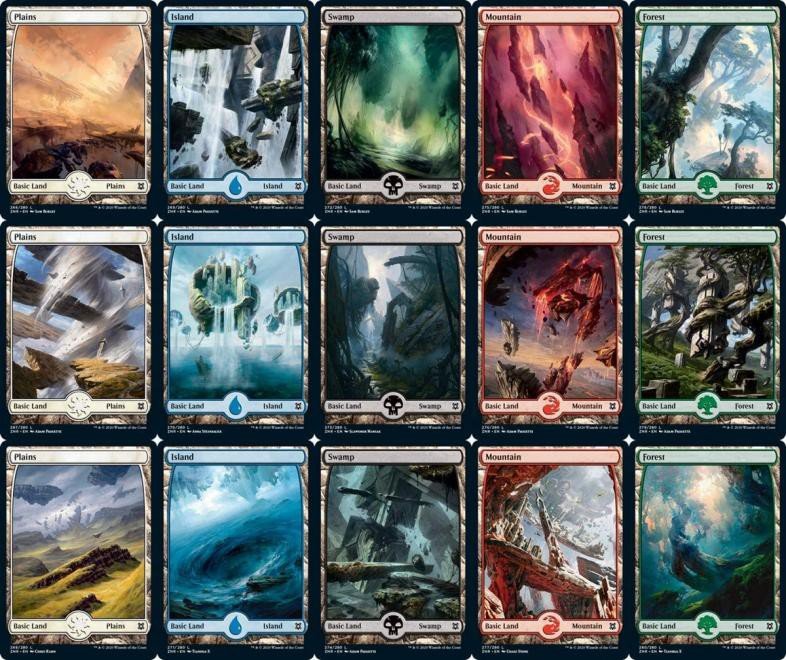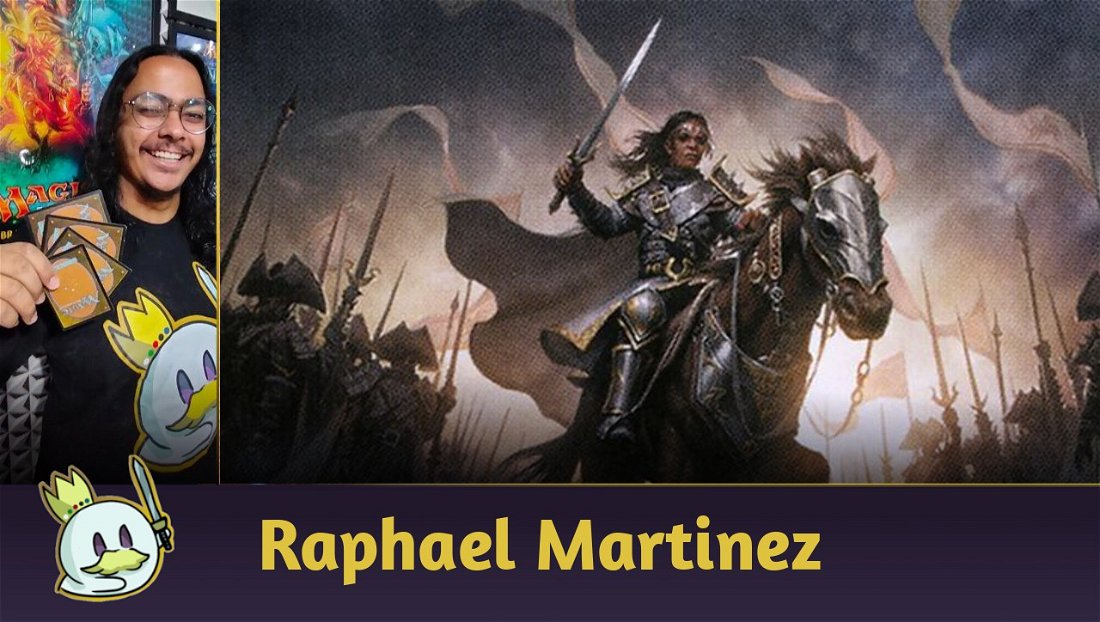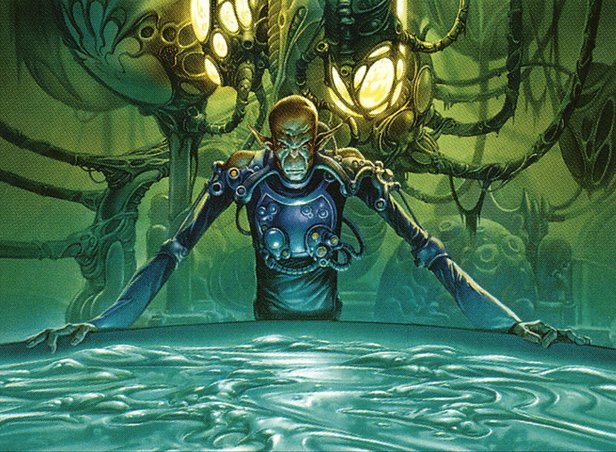The types of Magic: the Gathering cards
Magic: the Gathering is a Trading Card Game (TCG) created by Richard Garfield 30 years ago and has been evolving ever since, and is full of various types of strategies and interactions. With that in mind, it pays to understand the basis of the game, which are the 8 main types of existing cards.
The 8 base types of cards that are played and sometimes mixed are: Lands, Creatures, Enchantments, Artifacts, Sorceries, Instants, Battle and Planeswalkers. In today's article, we will talk about Lands.
Ad
Land, what they are for and how they are used
Since the game was developed, the idea was to balance it and make the matches evolve little by little. The land system was used to ensure this.
This is the only type of card in the game that is not cast, that is, playing a land in your hand does not go into the interaction pile, so it cannot have a response against the act of putting land on the battlefield.
The basic rules regarding lands are: Can only play one per turn, can only play land when you have no other effects on the stack in the main phases of your turn, mana generating abilities don't go to the stack when activated, and when you generate mana and pass a phase or step, the mana goes away.
For example, if you have 2 Islands on the field, this is the upkeep step, the 2 lands are already untapped, if I tap the 2 to generate 2 blue mana 

Its main function is the generation of mana, to ensure players a reliable means of balancing the game, since to cast more powerful spells, it is necessary to have more mana available, and the evolution is constant throughout the game.
It is also important to point out that having mana is not enough, but you need the right colors to play. As there are few lands that generate all colors, and always with strong negative effects to balance, the choice of which color or colors to play with influences which lands will be selected to use in your deck.
Land Cycles
Dual Lands

Fetch Lands

Shock Lands

Guild Lands

Pain Lands
One of the first lands to come, after the basic ones, were the Pain Lands, so called because to generate mana within the 2 available colors the player takes point of damage.
This is an important milestone, as the game developers understand that it would make Magic more interesting if certain risks had to be taken to have a better mana base.
With the recent reprints, they have become part of Pioneer and Standard.

Ad
Fast Lands

Urza's Saga Lands

Kamigawa Lands

Urzatron

Three lands that, when played together, can generate 7 colorless mana. We usually call the strategy "Tron".
Tap Lands
There are several versions of Tap Lands, we will separate the main ones by set.
Invasion

Coldsnap: Snow Taplands

Shards of Alara: Tri-lands

Zendikar - Refuges

Magic 2010 - Can be untapped, subject to condition

Cycling Lands
There are also several lands with cycling. I will put some examples:
Cycling 2

Cycling 1

Deserts

Cycling Duals

Triomes


Bonus

Artifact Lands


Manlands


Ad

Filter Lands


There are also Cycles such as Guild Homes, Tribal Lands, Stocklands, Depletion Lands and more. There are some curious and different lands that deserve to be remembered, such as Desert, Valakut, the Molten Pinnacle and Cabal Coffers.
Lands beyond mana
Ironically, despite their main function, some lands, especially in the early days of the game, did not even have a mana generation function, and there was a reason.

These 2 lands sees a lot of play in Legacy and even in Vintage. The most amazing thing is that neither generates mana by itself, but has powerful effects that makes them staples.

Here we have 3 lands with a great peculiarity, they are winconditions, they require building decks around them to work, and when met, they take the game easily.

The most iconic ones I can put here are the LD lands (Land Destruction). Anyone who has never played Legacy doesn't know what it's like to suffer with a Wasteland breaking up the manabase, but most know Field of Ruin and Ghost Quarter, which grant players a basic land in exchange for what was destroyed, helping to make the experience less frustrating.
These are critical lands because they help to control degenerate strategies with lands, otherwise, several of the mentioned here would need to be banned.
Popular Lands by Format
I'll leave a list of the most played lands, remember that if you want to know what is most played in your favorite format, you can check it out at metagame page here at Cards Realm, under the "staples" section in each format.
Obviously, basic lands aren't included.
Legacy

As you can see, 3 of the 5 most played today are fetch that finds islands, mainly because it has always been the most powerful color in the format.
Modern

Following With the same strength as blue, we see the addition of Boseiju, due to its power to remove important threats from the board.
Pioneer

Here we see the relevance of both Neon Dynasty, which placed 4 lands in the top five, and AFR with its Manlands.
Ad
Pauper

You can see many lands from Affinity (currently Grixis), Gates decks and Dimir.
Commander

Conclusion
Much could be said about the lands in Magic: the Gathering, and every player has had the frustrating experience of only having a land in hand or also the experience of not drawing the third land and the game getting stuck, and even with the problems along the way decades, were still a very clever way to balance the game and make it fairer and more popular.
With that, I end the first part of this article! See you next time, where we'll discuss the most common card type that makes the game what it is, the creatures!









— 评论0
成为第一个发表评论的人